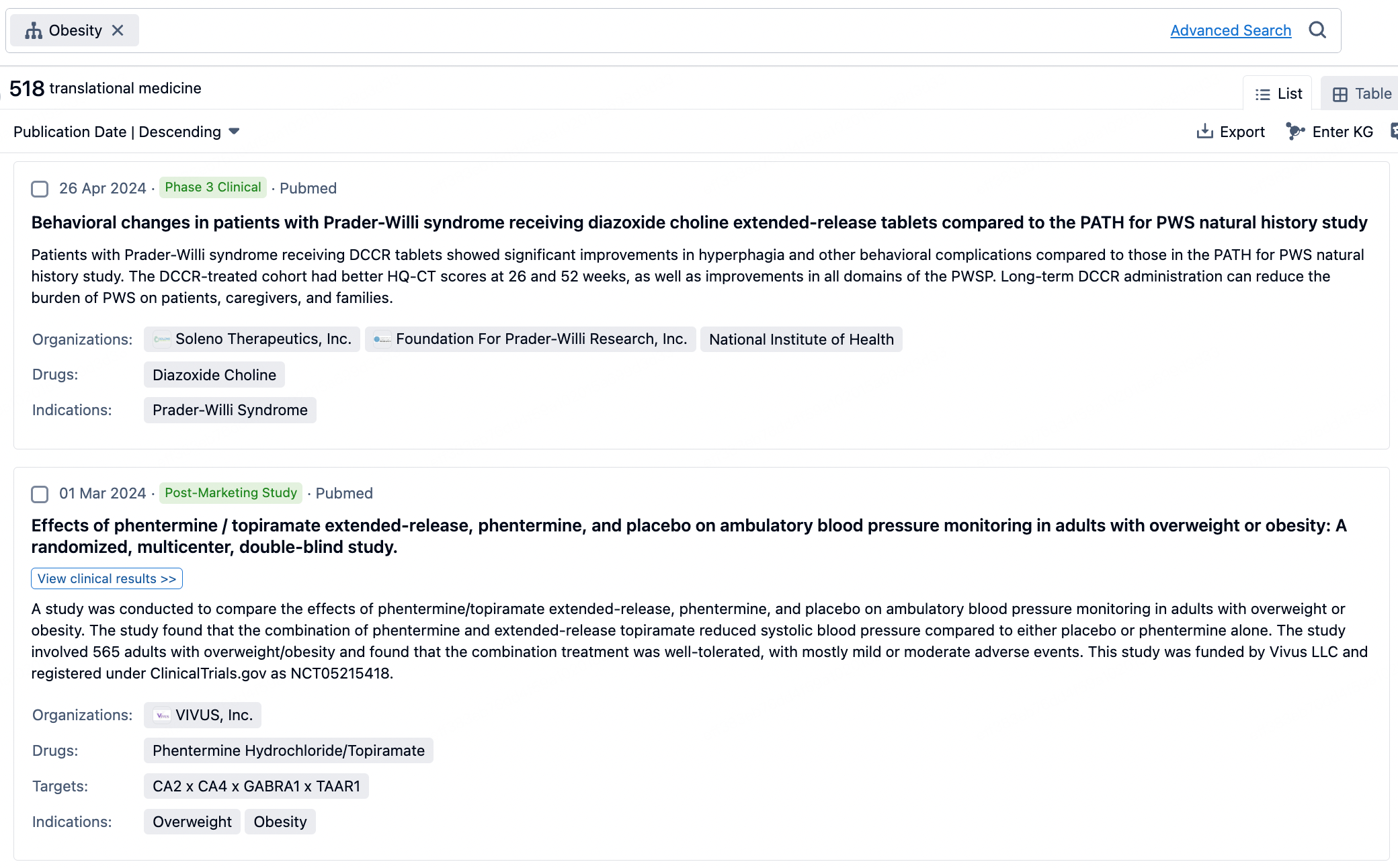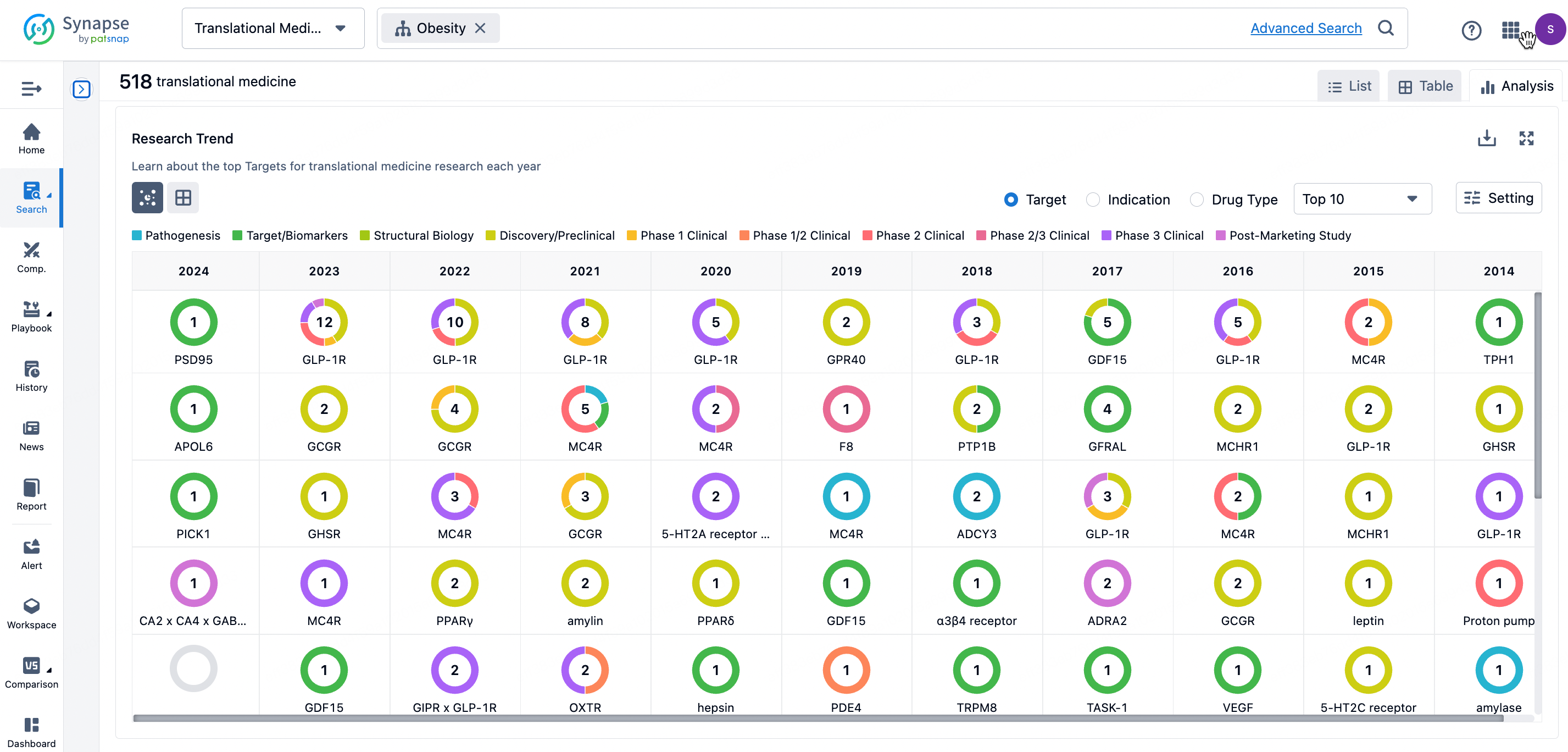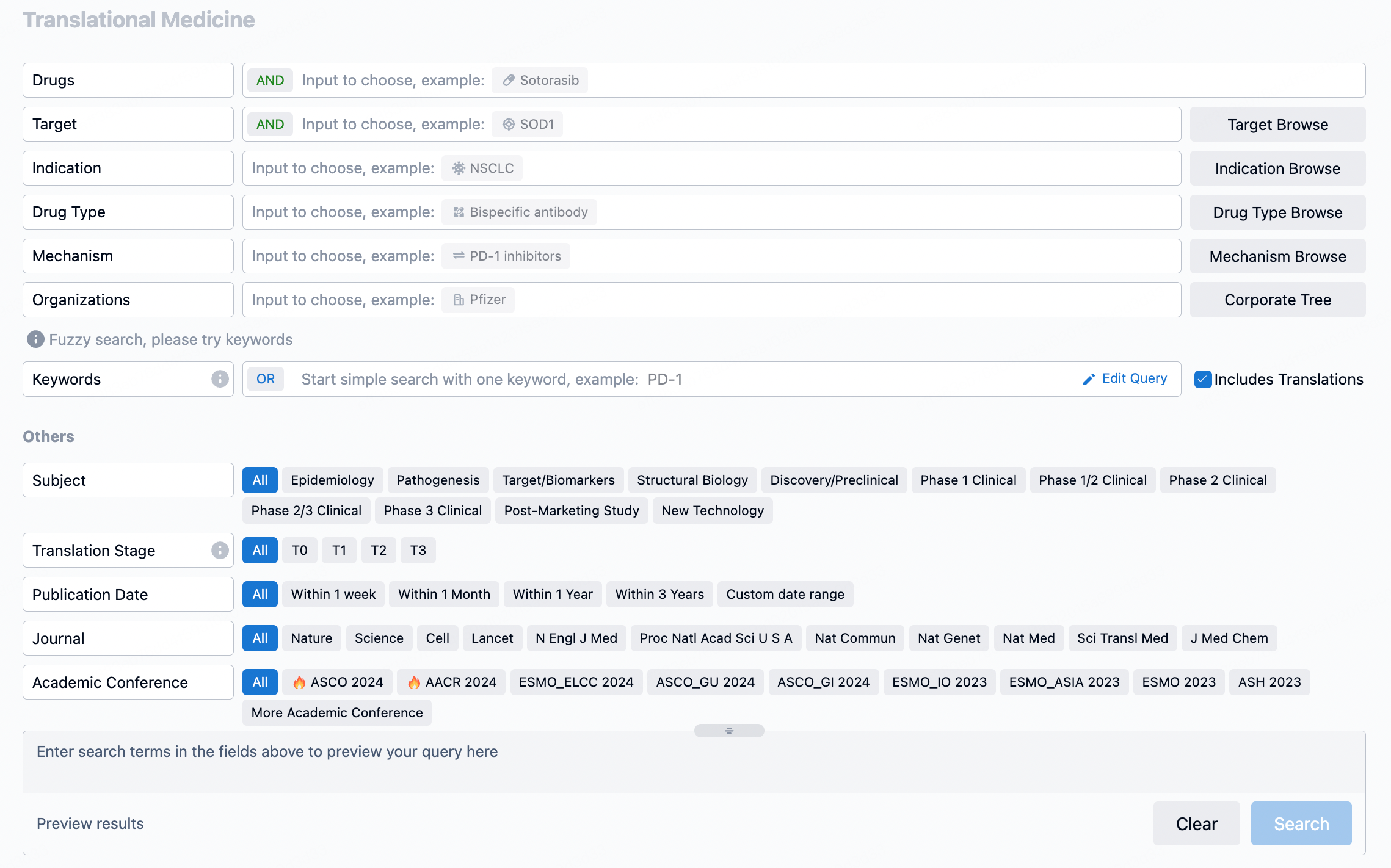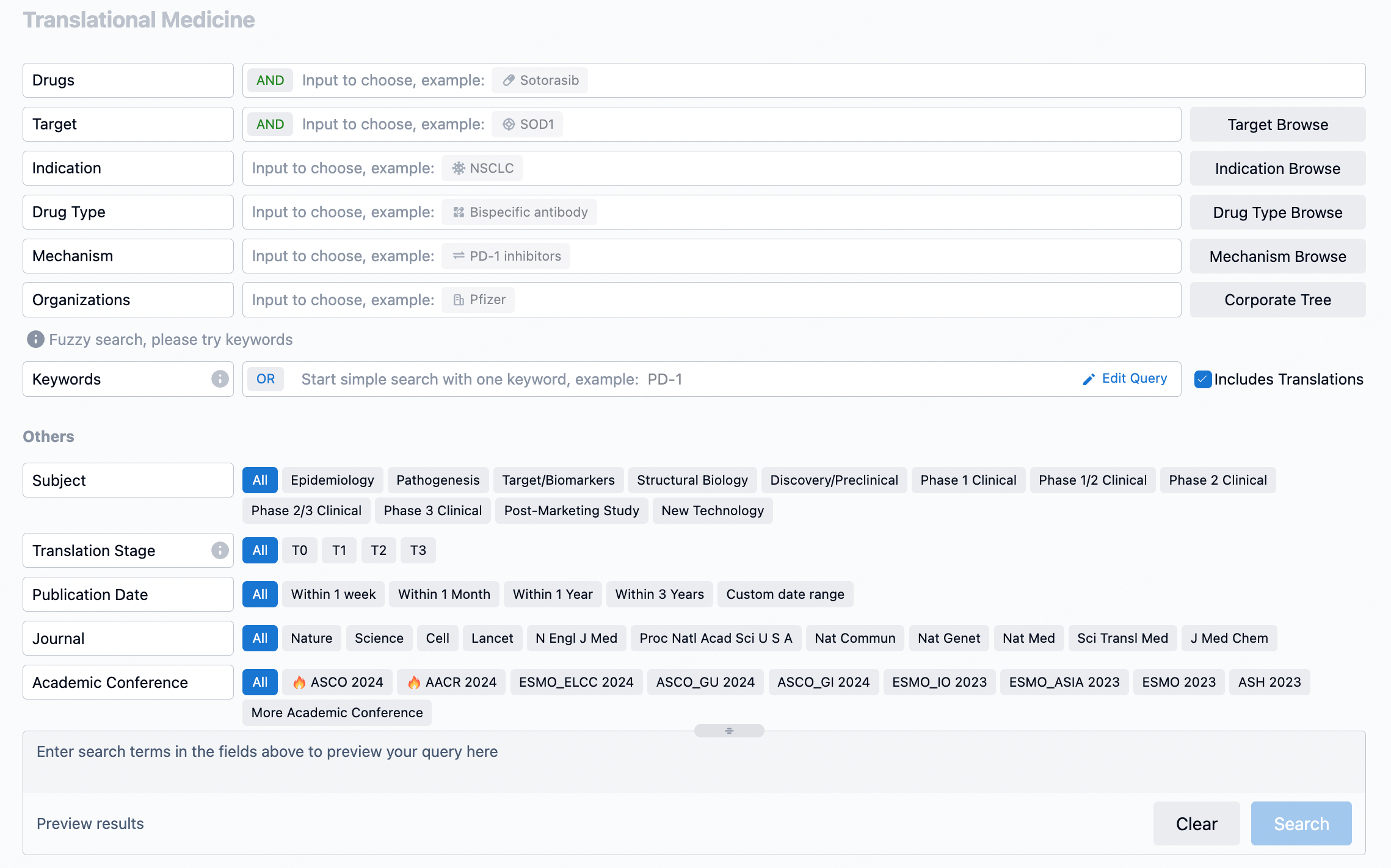Harnessing Innate Immunity: The Development and Efficacy of CTX-8573 in Multiple Myeloma Therapy
The method involved creating bispecific constructs that link anti-NKp30 Fab fragments to an anti-BCMA IgG1 antibody, which has an afucosylated Fc region to improve binding with CD16a. Variants with an aglycosylated Fc were also produced to study the effect of NKp30 engagement alone. In vitro assays were conducted using primary NK and γδ T cells to evaluate activation, cytokine production, proliferation, and cytotoxicity against tumor cells with varying BCMA levels. In vivo studies were carried out in humanized mouse models, and pharmacokinetics and safety were assessed in Cynomolgus monkeys.
Results showed that CTX-8573 is stable and binds BCMA and NKp30 effectively. It induces potent cytotoxicity in BCMA-expressing target cells with an EC50 significantly lower than that of BCMA monoclonal antibodies. Notably, CTX-8573 is also effective against low BCMA-expressing cell lines. The aglycosylated variant indicates that NKp30 engagement is sufficient for innate cell activation, though CD16A binding further enhances this activity. CTX-8573 maintains its cytotoxic activity even in the presence of soluble BCMA or its ligands, and does not cause NK-cell fratricide. In humanized mouse models, it exhibits anti-tumor efficacy, and in monkeys, it shows standard pharmacokinetics without systemic immune activation.
The conclusion emphasizes CTX-8573 as a promising bispecific antibody that can significantly enhance NK and γδ T-cell-mediated tumor killing. It has demonstrated strong anti-tumor efficacy in vitro and in vivo, a broad therapeutic window, and no systemic toxicity, along with favorable pharmacokinetics and manufacturability. This suggests that CTX-8573 could be a valuable addition to MM treatment strategies.
The disclosures reveal affiliations and potential conflicts of interest involving Compass Therapeutics LLC and the University of Louisiana at Lafayette for the individuals named in the document.
How to Use Synapse Database to Search and Analyze Translational Medicine Data?
The transational medicine section of the Synapse database supports searches based on fields such as drug, target, and indication, covering the T0-T3 stages of translation. Additionally, it offers a historical conference search function as well as filtering options, view modes, translation services, and highlights summaries, providing you with a unique search experience.
Taking obesity as an example, select "obesity" under the indication category and click search to enter the Translational Medicine results list page. By clicking on the title, you can directly navigate to the original page.

By clicking the analysis button, you can observe that GLP-1R treatment for obesity has gained significant attention over the past three years, with preclinical research still ongoing in 2023. Additionally, there are emerging potential targets, such as GDF15, among others.

Click on the image below to go directly to the Translational Medicine search interface.

